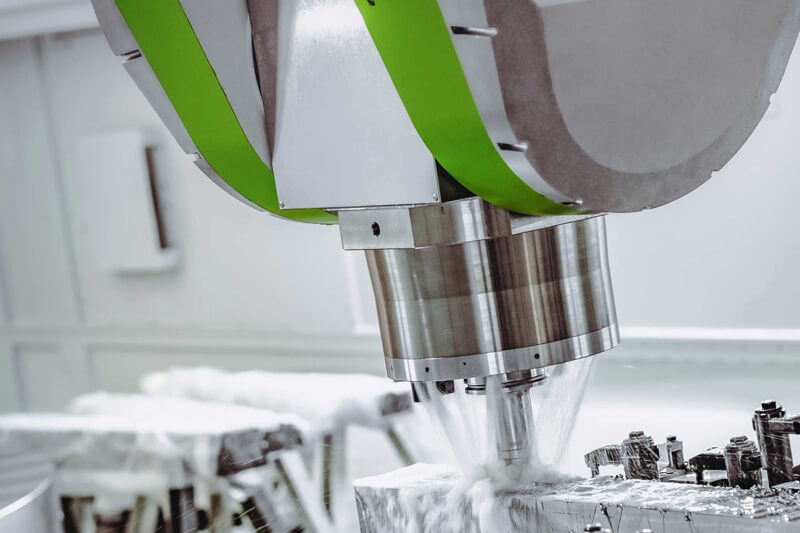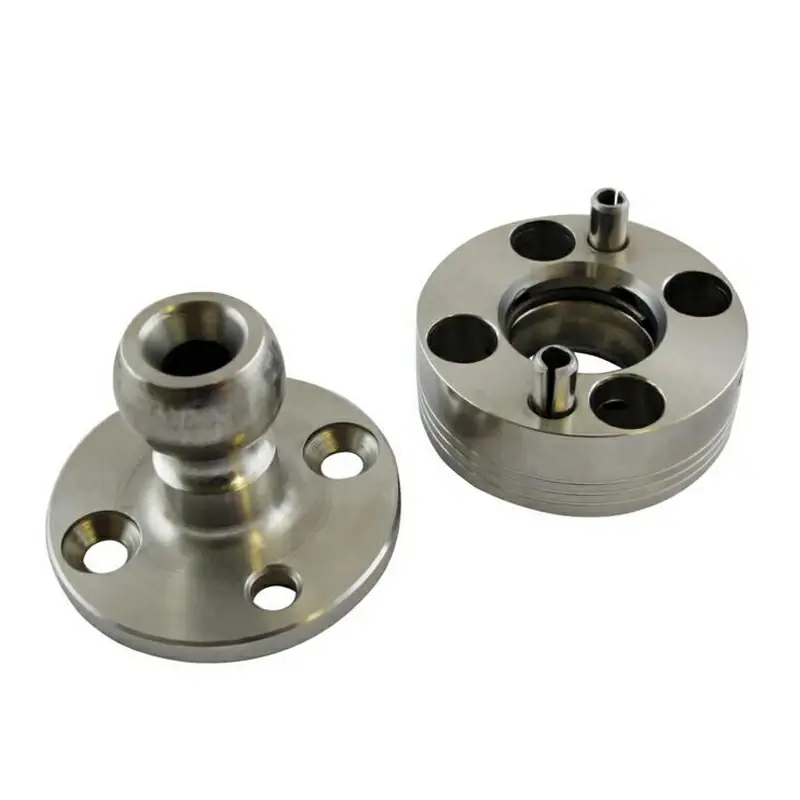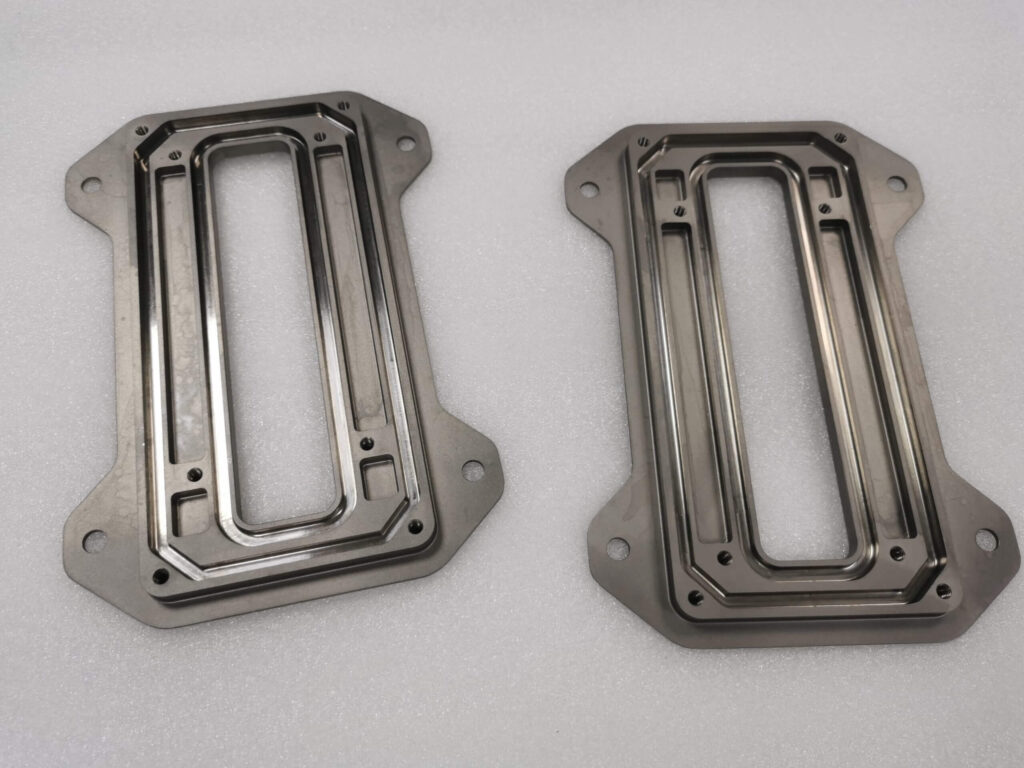Titanium CNC Machining: Tips, Challenges, and Level Guide
Titanium is a remarkable metal known for its exceptional strength, low density, and excellent corrosion resistance. These properties make it a popular choice for a variety of industries, including aerospace, medical, and automotive, such as jones sewing machine parts, jura coffee machine parts, krups coffee machine parts, krups coffee machine spare parts, lg washing machine drum parts, and lg washing machines parts. However, machining titanium can be a complex and challenging process due to its unique properties.
In this article, we’ll take a look at titanium CNC machining, discussing some tips, challenges, and level guidelines to help you navigate this complex process.

1.Titanium CNC Machining
CNC machining, or computer numerical control machining, is a manufacturing process that uses computer control to operate and manipulate machine tools. It was the emergence of this technology that revolutionized manufacturing and made it possible to produce complex parts accurately and efficiently. Therefore, CNC machining is the preferred method when machining titanium due to concerns about accuracy and repeatability.
2.Titanium CNC Machining Considerations
One of the key tips for titanium CNC machining is selecting the appropriate cutting tools. Titanium has a low thermal conductivity, which means it tends to retain heat during the machining process. This can lead to tool wear and premature tool failure. To combat this, it is crucial to use cutting tools specifically designed for machining titanium. These tools are often made from carbide or high-speed steel with specialized coatings to enhance their durability and heat resistance.
Another important consideration in titanium CNC machining is the cutting parameters. Titanium has a tendency to work harden, meaning it becomes harder and more resistant to cutting as it is machined. To prevent this, it is essential to use appropriate cutting speeds, feeds, and depths of cut. High cutting speeds and low feed rates are generally recommended to minimize heat generation and tool wear. However, finding the optimal cutting parameters may require some experimentation and adjustments based on the specific titanium alloy being machined.

Challenges in titanium CNC machining also arise from the material’s low thermal conductivity. The heat generated during machining can quickly build up, leading to thermal expansion and distortion of the workpiece. To mitigate this, coolant or lubricant is often used to dissipate heat and reduce friction. Additionally, maintaining a stable and rigid setup is crucial to minimize vibrations and ensure accurate machining.
Furthermore, titanium is a highly reactive metal that readily reacts with oxygen, nitrogen, and other elements in the air at high temperatures. This can result in the formation of a hard and abrasive oxide layer on the machined surface, known as alpha case. Removing this layer can be time-consuming and challenging. Therefore, it is important to consider post-machining processes, such as chemical or mechanical surface treatments, to eliminate or reduce the alpha case formation.
To help guide manufacturers in their titanium CNC machining journey, a level guide is often used. This guide categorizes titanium machining into different levels based on the material’s machinability. Level 1 represents the easiest to machine titanium alloys, while Level 5 represents the most difficult. The guide takes into account factors such as cutting forces, tool life, and surface finish to determine the appropriate machining strategies for each level.

3.Summary
In conclusion, titanium CNC machining is a complex process that requires careful consideration of various factors. Selecting the right cutting tools, optimizing cutting parameters, managing heat generation, and addressing the challenges associated with titanium’s reactivity are all essential for successful machining. By following these tips and utilizing level guidelines, manufacturers can navigate the complexity of titanium CNC machining and achieve high-quality results during production. For example, jones sewing machine parts, jura coffee machine parts, krups coffee machine parts, krups coffee machine spare parts, lg washing machine drum parts, and lg washing machines parts, among others.
